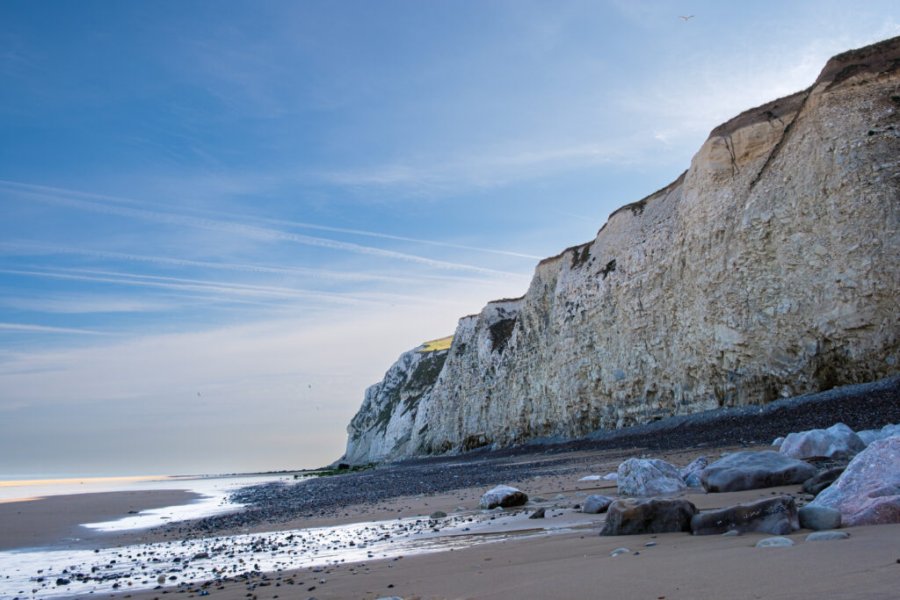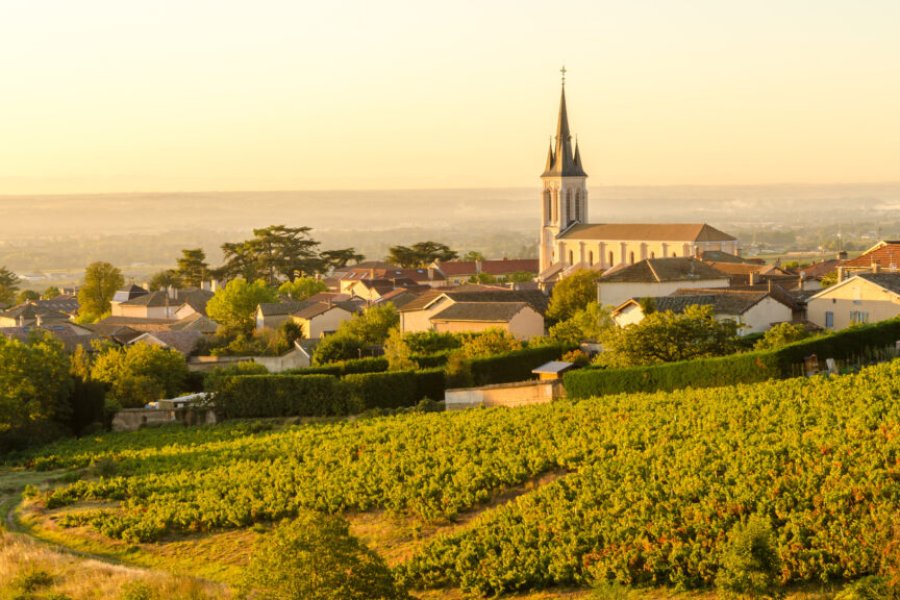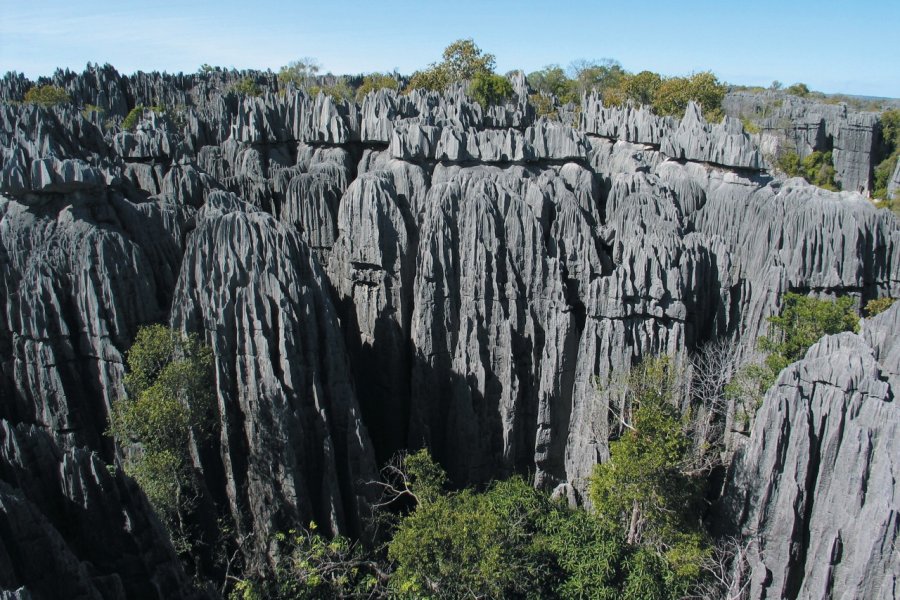Travel Guide Tsingy De Bemaraha
Find an accommodation
Advertising
North of the Manambolo River lies one of Madagascar's most beautiful protected area complexes, an integral nature reserve and a national park, home to a geological formation unique in the world: the Tsingy, classified as a World Heritage Site by UNESCO in 1990. The Bemaraha is a long limestone plateau running north-south. The 157,710-hectare protected area includes a 72,340-hectare national park. It is a mecca of endemism and biological diversity. There are 11 species of lemur (mostly nocturnal), 103 species of bird, 34 species of reptile and amphibian (all endemic).A visit to this magnificent natural site is highly recommended.The Tsingy. A veritable chaos of sculpted limestone rocks, the Tsingy is one of the most fascinating landscapes on the Grande Île. Over hundreds of thousands of years, erosion has carved out a dense network of faults, crevasses, canyons and more. In the meantime, rain has eroded the limestone summit of the massif, eventually forming these strange, sharp ridges, like discordant organ cathedrals, known as "Tsingy". The karstic massif is now covered in places by dense, dry forest, sometimes mixed with savannah. In the park, you'll pass through an impressive landscape of canyons with caves containing burial sites. Testifying to a very ancient human occupation, they are believed to contain the remains of the first people to settle in Madagascar, the Vazimba. Even today, villagers make offerings to these highly respected ancestors.Fauna. The Tsingy are home to a wide variety of fauna. the Antsingy forest is home to 11 species of lemur. The diurnal sifaka(Propithecus verreauxi deckeni) is the largest, while the nocturnal Tilitilivahy(Microcebus murinus) is the size of a mouse. Other endemic species include the Cheirogalus medius, a small short-legged lemur, theAvahi cleeseii or Dadintsifaka and the Bekolà(Hapalemur occidentalis).The gorges and ponds of Bekopaka are home to around 103 species of birds, including the Madagascar fish eagle, one of the rarest birds of prey in the world. It is most often seen in September-October. Crocodiles abound in the gorges. Swimming in the Manambolo should be avoided! Reptile enthusiasts will also have the chance to admire two in particular, endemic to the park: the seseke and the ramilaheloka. Finally, mammals are well represented, with the fosa, the vontsira, a small endemic carnivore, and the kibojenjy rodente, also typical.Flora. 650 plant species have been recorded in the Antsingy forest (86% of which are endemic). The dense dry deciduous forest and savannah are home to an original flora, with extremely varied species that have adapted to this arid climate by, for example, turning their leaves into thorns to retain water, enlarging their trunks to store water, or drying out their vegetative apparatus to practically hibernate in the dry season...
What to visit Tsingy De Bemaraha?
Suggested addresses Tsingy De Bemaraha
Weather at the moment
Advertising
Organize your trip with our partners Tsingy De Bemaraha
Transportation
Book your plane tickets
Car Rental
Boat rental
Accommodation & stays
Find a hotel
Holiday rental
Find your campsite
Tailor-made trip
Immersion travel
Services / On site
Activities & visits
Find a doctor
Tsingy De Bemaraha travel inspiration
Find unique Stay Offers with our Partners
Pictures and images Tsingy De Bemaraha
Other destinations nearby Tsingy De Bemaraha
25 km away
100 km away










